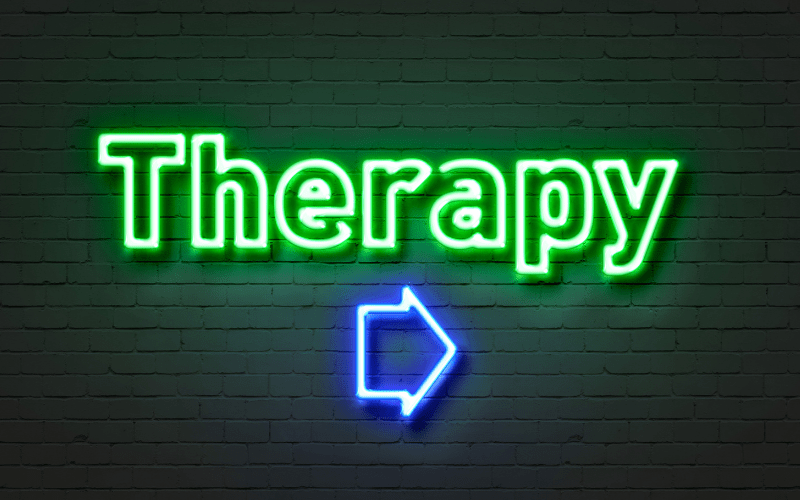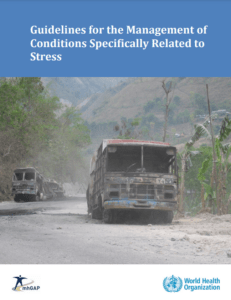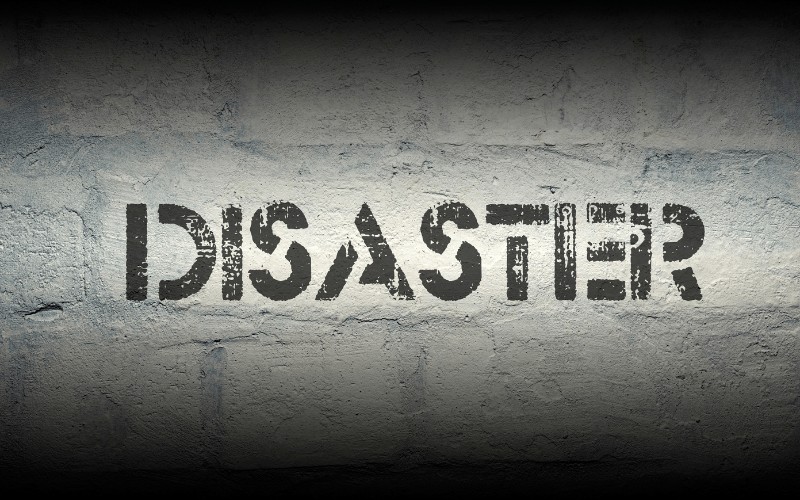Not everyone knows about this EMDR therapy history moment, so we wanted to share this ever pertinent blast from the past. In 2014, EMDR therapy founder Francine Shapiro wrote a short article in an EMDRIA Newsletter advocating for the change in terms from ‘EMDR’ to ‘EMDR Therapy.’ The article is reprinted below.
Eye Movement Desensitization and Reprocessing Therapy
As you may know, the World Health Organization (WHO) practice guidelines have indicated that trauma-focused cognitive behavioral therapy (CBT) and EMDR therapy are the only psychotherapies recommended for children, adolescents and adults with PTSD. In addition, the glossary description in the document alleviates multiple misconceptions:
World Health Organization (2013). Guidelines for the management of conditions that are specifically related to stress. Geneva, WHO.
“Eye movement desensitization and reprocessing (EMDR): This therapy is based on the idea that negative thoughts, feelings and behaviours are the result of unprocessed memories. The treatment involves standardized procedures that include focusing simultaneously on (a) spontaneous associations of traumatic images, thoughts, emotions and bodily sensations and (b) bilateral stimulation that is most commonly in the form of repeated eye movements. Like CBT with a trauma focus, EMDR aims to reduce subjective distress and strengthen adaptive beliefs related to the traumatic event. Unlike CBT with a trauma focus, EMDR does not involve (a) detailed descriptions of the event, (b) direct challenging of beliefs, (c) extended exposure, or (d) homework. (p.1)”This description makes clear that EMDR is a “therapy,” not a “technique,” and is based on a specific model that distinguishes it from other forms of therapy. This has important implications for our field. Given this level of validation, I believe it is important to refer to “EMDR therapy” in publications, presentations and clinical practice to eliminate the reductive misconception that it is only a “technique.”
Although EMDR therapy has been fully validated only for PTSD, there are numerous research studies underway evaluating applications to a wide range of disorders. Excellent results have already been achieved with myriad diagnoses. In addition to the reduction of symptoms and the strengthening of adaptive beliefs, the client’s experience of self and other typically shifts in ways that allow the person to respond more adaptively to current and future life demands. By using the term EMDR therapy we emphasize the stature of what we are practicing and the fact that it is on the same level as the most widely recognized forms of therapy: psychodynamic therapy and cognitive behavioral therapy.
As indicated below, there are important differences among the various forms of psychotherapy:
Psychodynamic Therapy:
- Foundation of pathology: intrapsychic conflicts
- Treatment: Transference/Verbal “working through”
Cognitive Behavioral Therapy
- Foundation of pathology: Dysfunctional beliefs and behaviors
- Treatment: Direct procedural manipulations of beliefs and behaviors
EMDR Therapy
- Foundation of pathology: Unprocessed physiologically stored memories
- Treatment: Accessing and processing of memories, triggers, and future templates
While EMDR therapy is an integrative approach that is compatible with a wide range of orientations, the model and methodology are unique. Likewise, although we may customize the preparation phase for individual clients by incorporating a variety of techniques, the conceptualizations of pathology, processing procedures and protocols are distinctly different from those of other therapies. Therefore, I hope you will all join me in consistently referring to our modality as EMDR therapy and thus provide academics, clinicians and laypeople with a clear understanding of the psychotherapy we practice.
With best wishes for a new year of peace and harmony,
Francine Shapiro, Ph.D.
World Health Organization. (2013). Guidelines for the management of conditions specifically related to stress. Geneva: WHO. https://www.emdria.org/wp-content/uploads/2021/06/WHO.2013.Guidelines.for_.Management.of_.Conditions.of_.Stress.pdf
Journal of EMDR Research and Practice Volume 13, Issue 4 (2019) presents a more recent review of EMDR therapy with PTSD as well as EMDR therapy use with other issues and diagnoses. View our blog post highlighting this issue here: https://www.emdria.org/research/a-clinicians-guide-to-the-efficacy-of-emdr-therapy/.
Back to Focal Point Blog Homepage
Additional Resources
If you are a therapist interested in the EMDR training:
- Learn more about EMDR at the EMDRIA Library
- Learn more about EMDR Training
- Search for an EMDR Training Provider
- Check out our EMDR Training FAQ
If you are EMDR trained:
- Check out EMDRIA’s Let’s Talk EMDR Podcast
- Check out the EMDRIA blog, Focal Point
- Learn more about EMDRIA membership
- Search for Continuing Education opportunities
If you are an EMDRIA Member:
Date
June 13, 2022
Practice & Methods
History of EMDR






